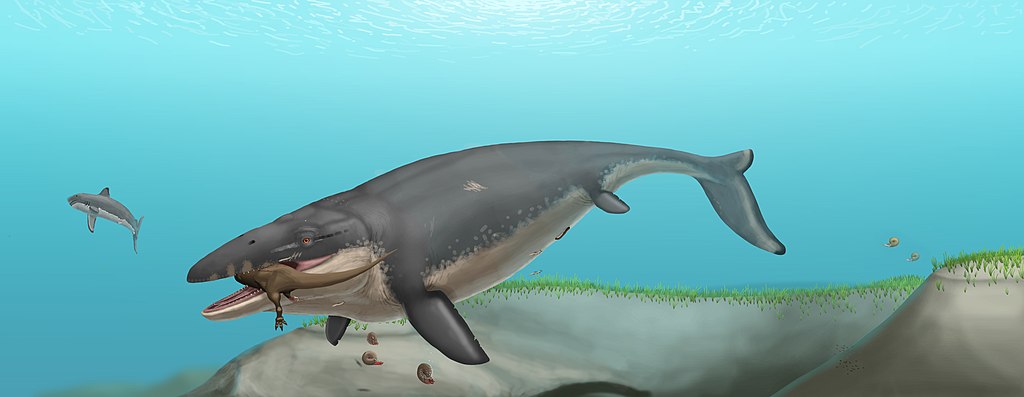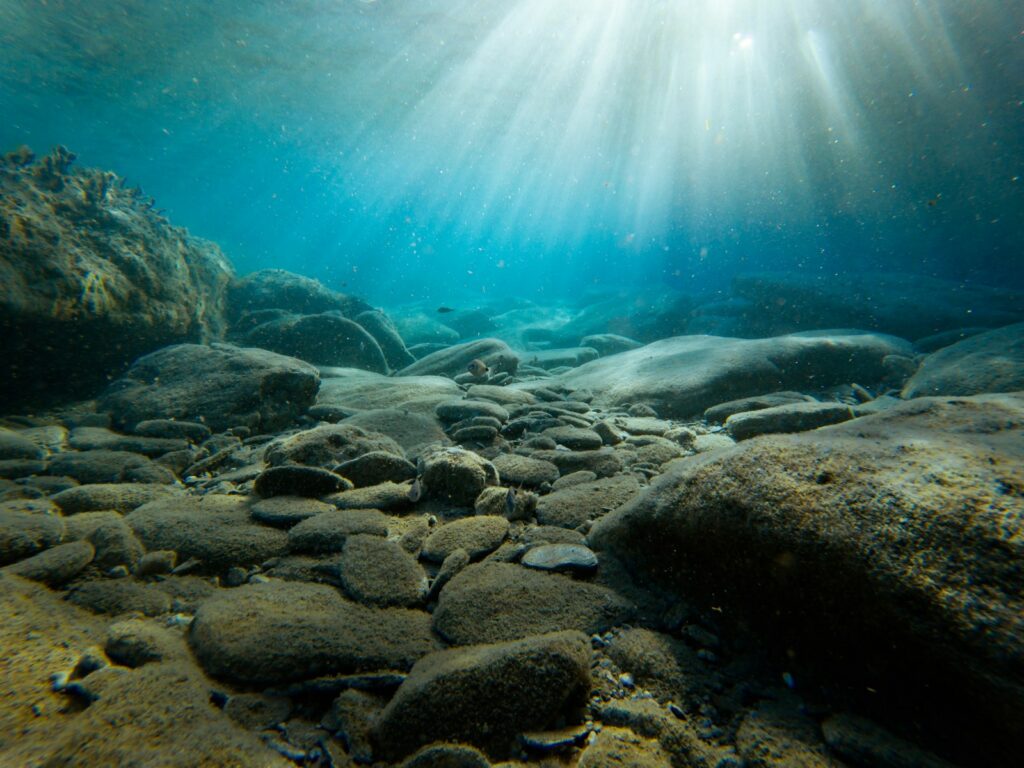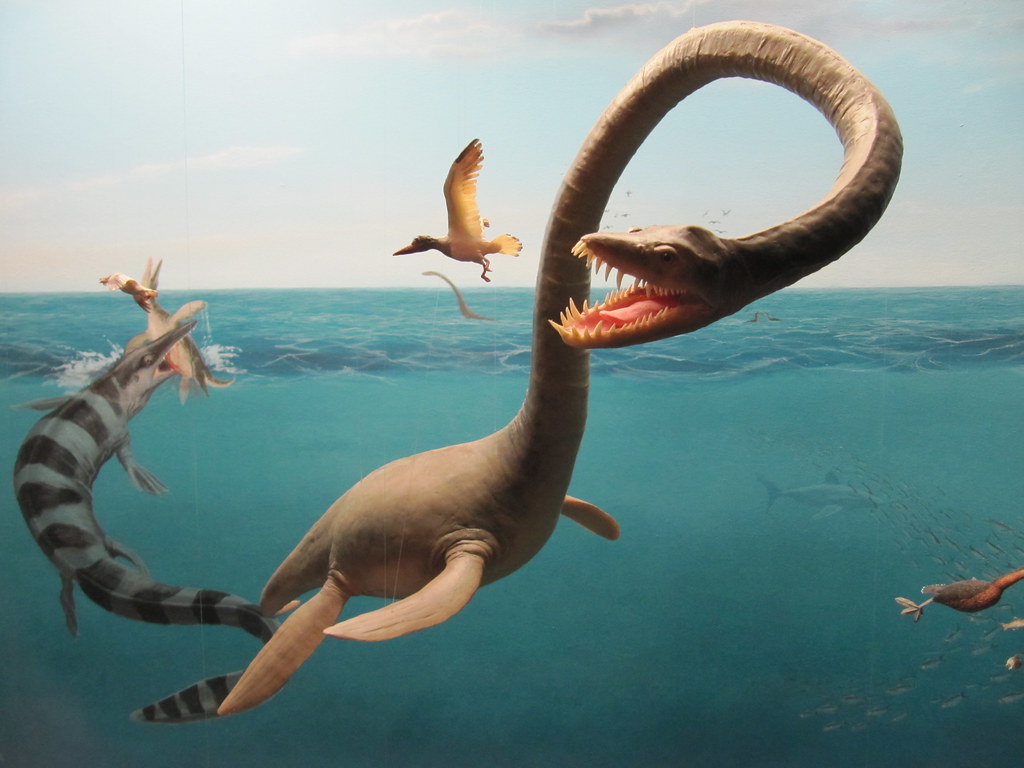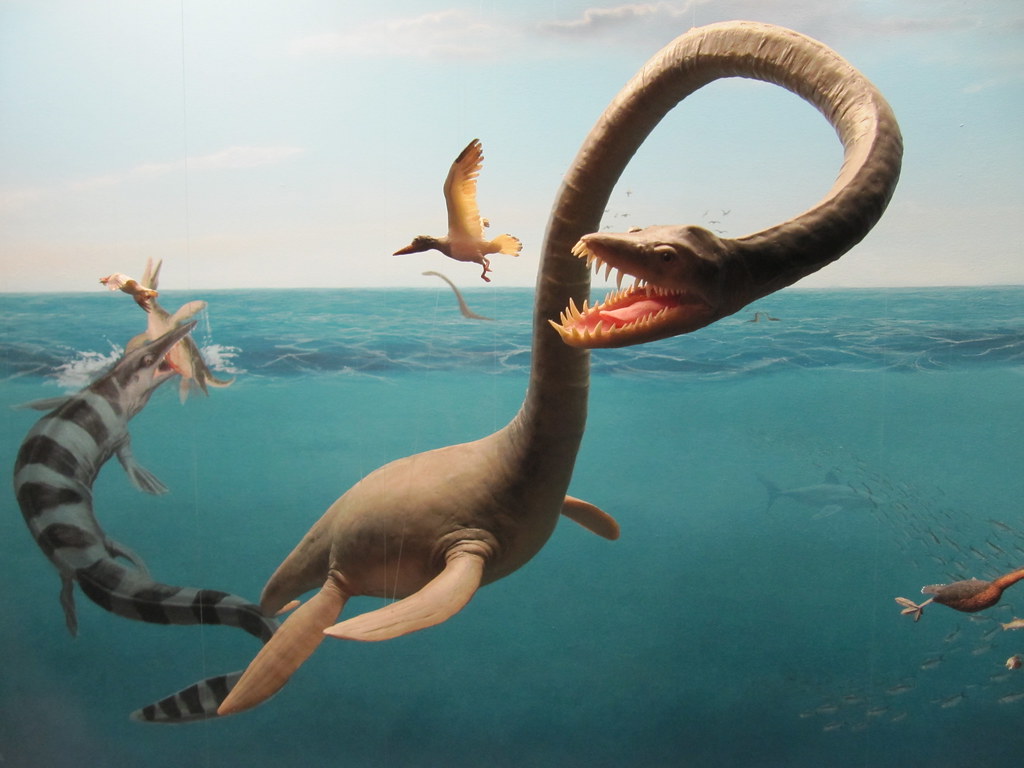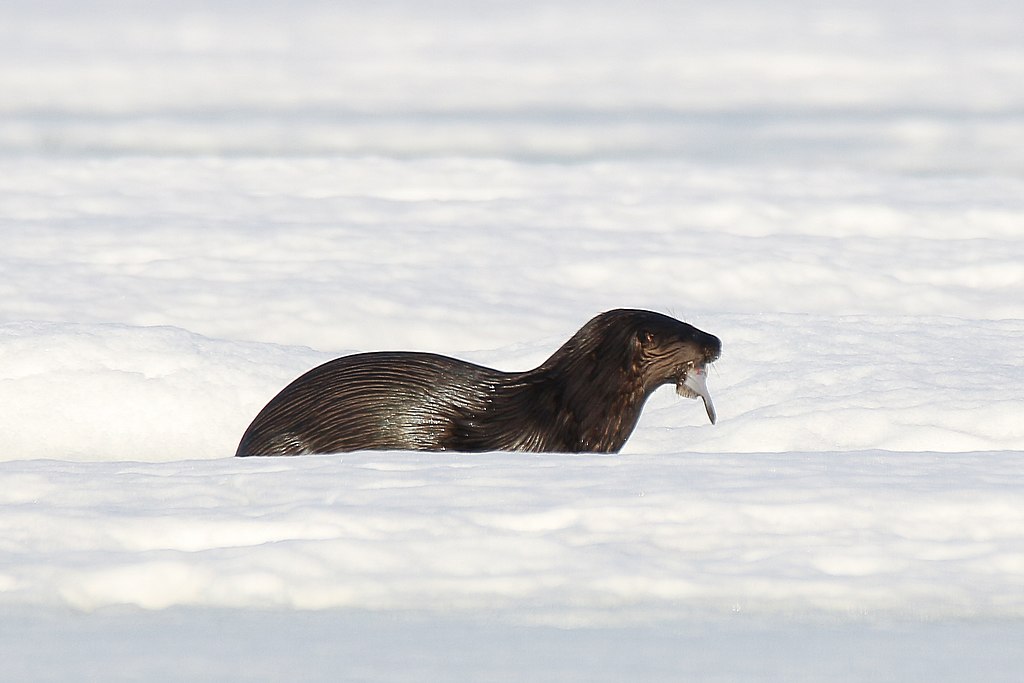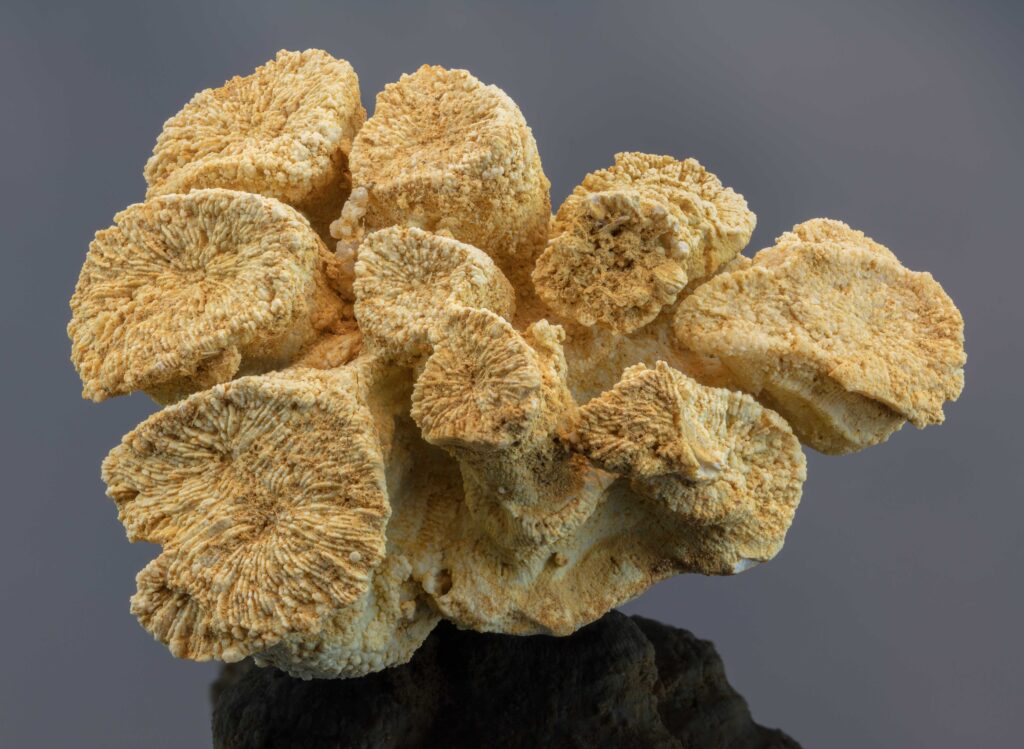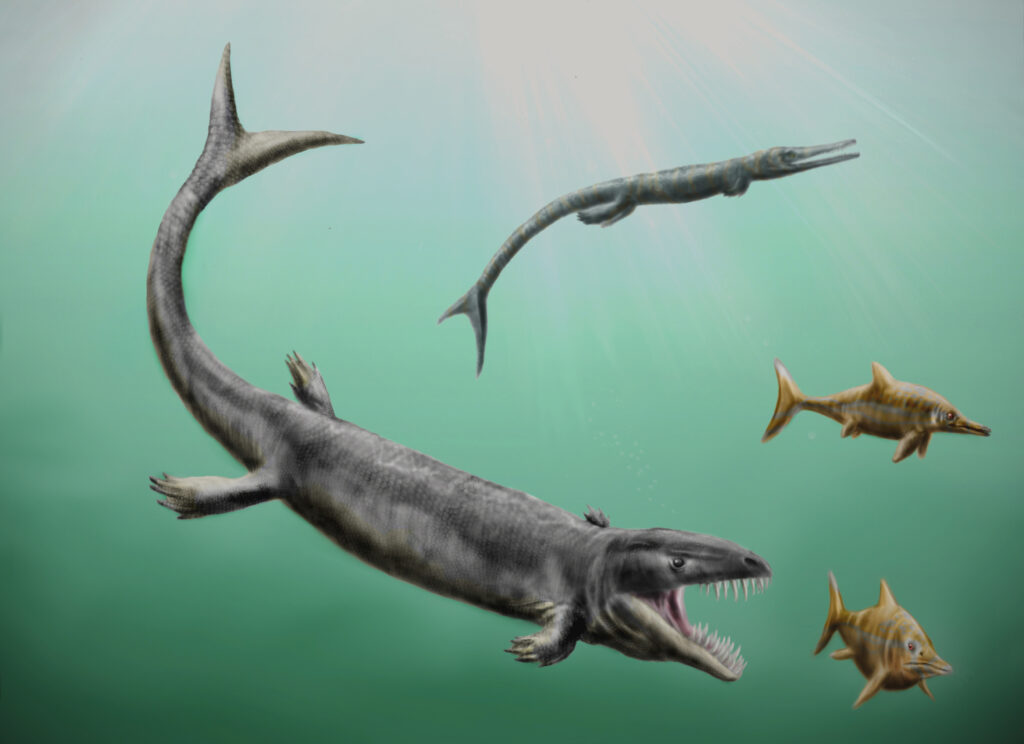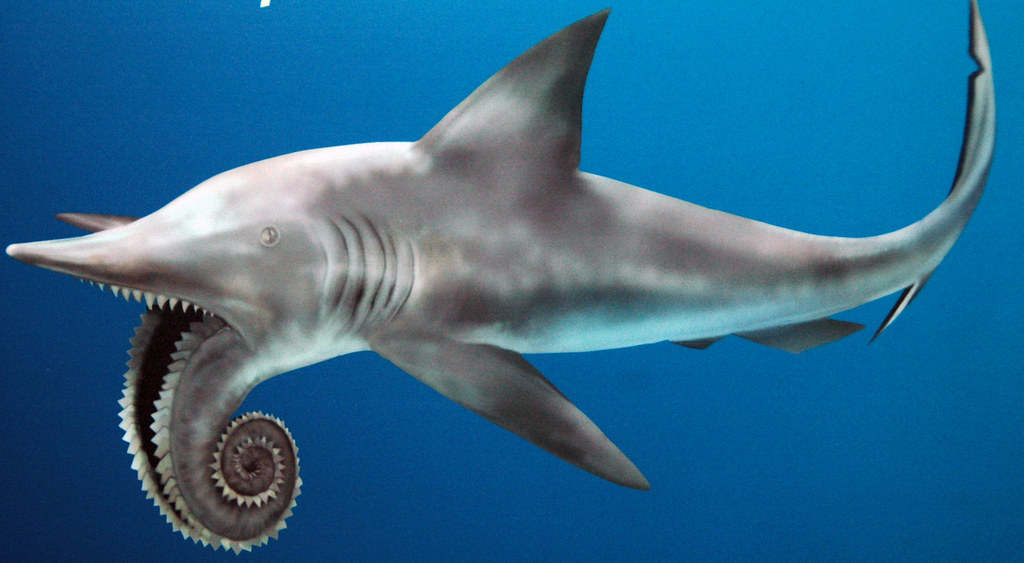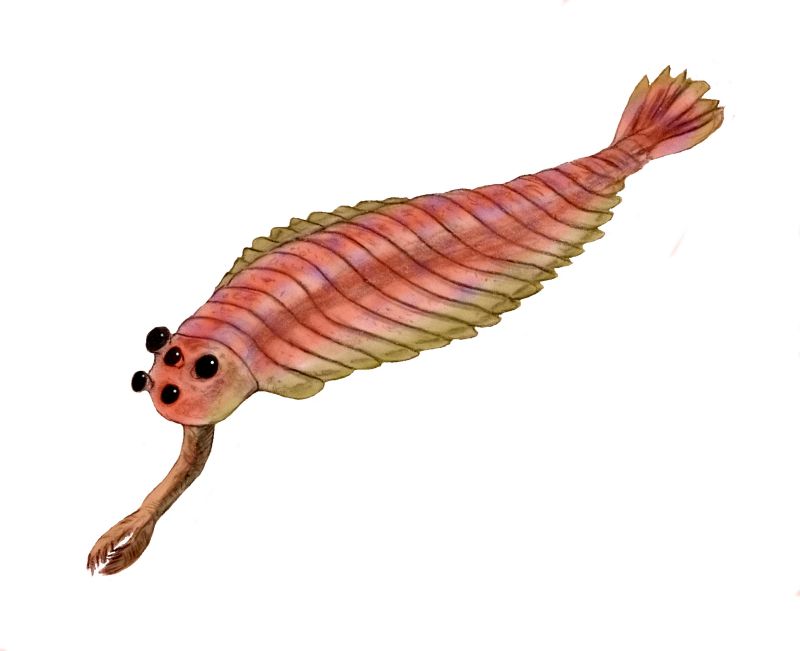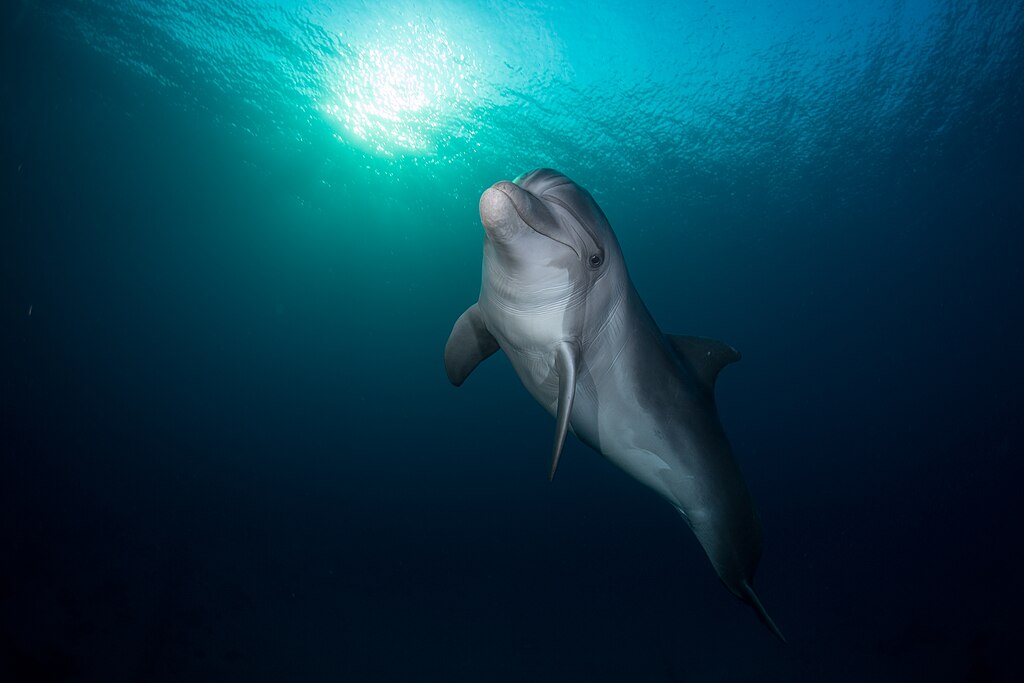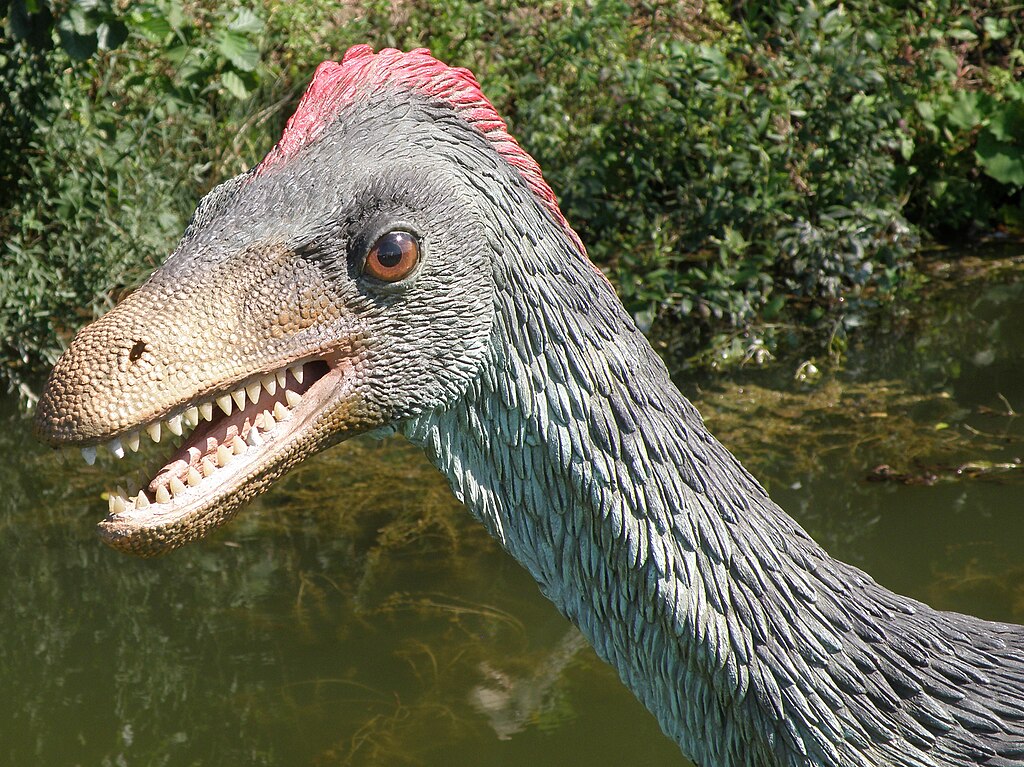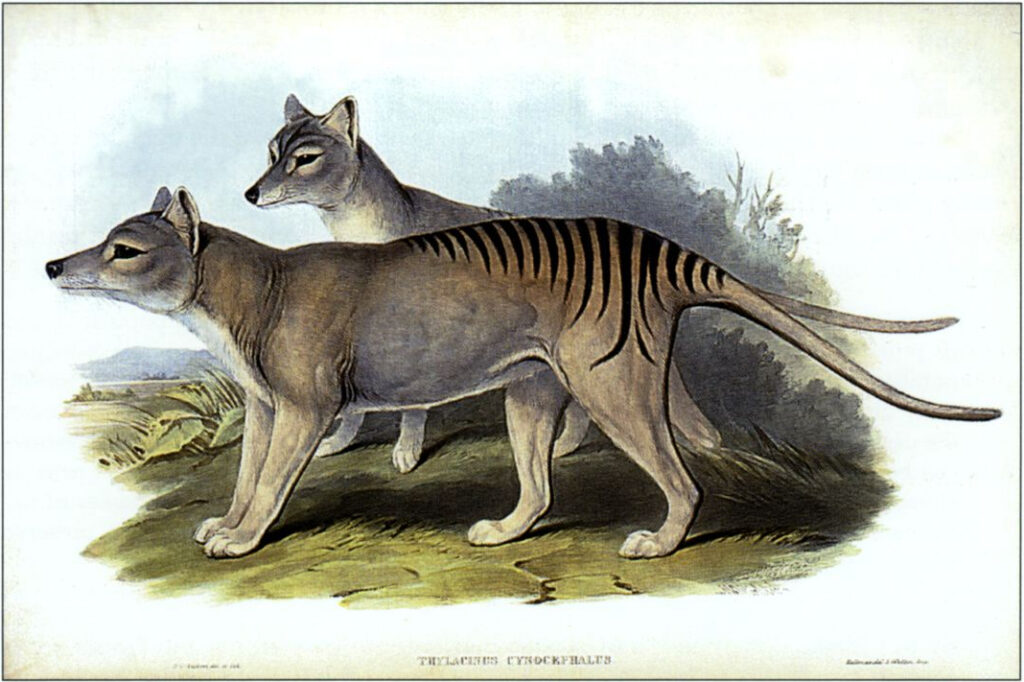Mosasaurs: The Real Sea Monsters of the Cretaceous
When we think of prehistoric marine predators, many minds immediately jump to creatures like plesiosaurs or megalodons. However, perhaps the most formidable rulers of the Cretaceous seas were the mosasaurs – massive marine reptiles that dominated the oceans for over 20 million years. These remarkable creatures combined size, speed, and deadly hunting abilities that would ...

